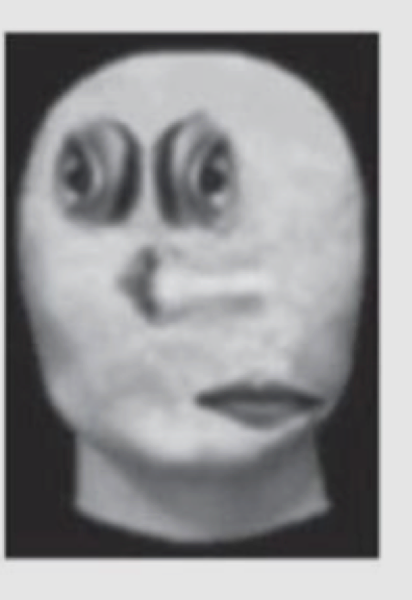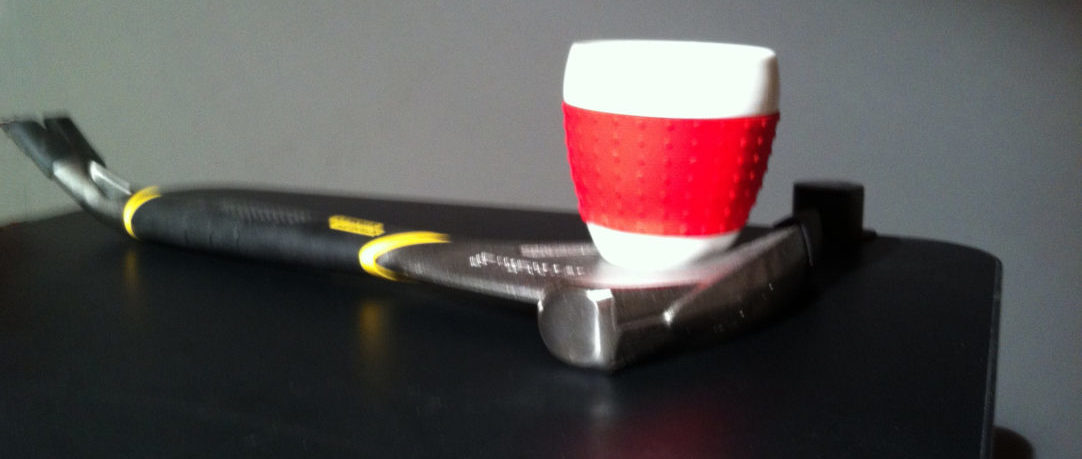Beyond the Brain
Beyond the Brain by Louise Barrett
First off, this is a very well written book, Barrett’s writing style is exceptionally clear and engaging — definitely a better read than most (well, almost all) books of similar weight.
Barrett’s main thrust is to demonstrate, in the tradition of Chalmers and Clark, that apparently conscious behavior can be supported by bodily and environmental mechanisms which wouldn’t be termed “conscious” upon analysis.
Although this point has been made frequently, it’s still interesting to see how far it gets extended with each additional experiment. Barrett approaches the problem from both ends: explaining “conscious” behavior by the use of affordances in the environment, and showing behavior that we intuitively characterize as conscious, arising in animals that have exceptionally small brains, e.g., finches.
One of her themes exposits the deeply minimal prewiring/predisposition required for the development of specific “intelligent” behaviors, using the examples of baby finches and baby humans.
In the case of the tool using finches — finches who use twigs to dig tasty insects out of tress, the minimal predisposition appears to be that of playing with sticks when young. This youthful playing wires up the tool use — finches deprived of that early experience are unable to develop the capability later in life.
In the case of human babies bonding with their likely maternal love object, it appears that the minimal predisposition is a preference “top heavy spatial arrangement of elements” (p 30, kindle edition) — she shows a photo of a particularly bizarre test case that continues to be “recognizable” 
(hopefully, soon after this, the babies were introduced to more appropriate maternal love objects).
The book also does a nice job of introducing and incorporating current research including an updated discussion of Gibson’s “affordances” approach. This serves as a springboard into what I found to be the most interesting part of the book: her description of the many ways in which the nervous system pushes things down into mechanisms requiring less and less “cognitive” or at least less neurologically intensive processes.
We can use Gibson’s metaphor of “resonance” to characterize this process. That is, the rabbit’s bulb becomes selectively “tuned” to “resonate” to the invariants that are significant for the rabbit. As resonating systems respond differently to the same stimuli depending on how they are tuned, this picks up on the changes in the attractor landscape as new significant odors are encountered, and it can also explain why different animals pick up on different invariants in the world (with the caveat, of course, that the notion of “resonance” is not to be taken too literally). It is this combination of features—that the brain and nervous system “resonate” to the world, and that activity patterns are responsive to the significance of an odor, rather than to the odor itself—that couples perception and action together. (p 141 kindle edition)
What this means is that after the nervous system becomes wired up to detect a particular smell in a particular context, not only is conscious processing not required, but conscious awareness doesn’t even appear possible — at least until it is time for a decision to be made, at which point awareness can be bubbled up to more deliberative processes. What we have then is a mutual feedback process: in one direction we are actively altering the environment in greater and lesser ways, with more or less long term planning — in the other direction the environment is altering us to make us reflexively aware of tastes as smells that are indicators of particularly noteworthy experiences.
Extended, situated consciousness is not only something which we build into our environment, but also something that we instinctively teach children. Simple techniques such as always putting our keys and glasses in the same place are ones that we are sufficiently aware of to allow instruction of the appropriate techniques, while others are habits correlates that are only recovered with effort, .e.g., knowing that we locked the door.
This rewiring of our brains by the environment has shown to include the use of tools, which infuses itself into our brain’s model of our embodied selves.
Monkeys that have been trained to pull out-of-reach objects toward them using a rake show changes in the specific neural networks that form their body schema, with the result that, in effect, the neural mapping of the monkey’s hand becomes elongated to include the tool as well. (Page 202, kindle edition)
We experience this most directly with simple tool use, e.g., what can we reach with a hammer, how do we position ourselves to hit the nail. Similarly, most of us become quickly aware of the size smallest parking space we’re comfortable attempting without being conscious of it.
As she proceeds, her attention turns to the dynamics of our interaction with the environment:
We can discover more about the dynamical approach to animal cognition and behavior by moving away from the more abstract systems of the last chapter, and taking a look at real brains, and the ways in which they are coupled to the environment. (p 135, kindle edition)
My own speculative note here: This combined with the minimal possible commitment approach that she posits for young, early stage organisms, potentially brings an interesting set of criteria to bear on situations of adequate justified belief etc. — we aren’t motionless beings operating in static environments who are incapable of dynamically correctiving our behavior if it proves to be based upon inaccurate assumptions, we only need to endorse “information” sufficient to plan out as far as is necessary, and perhaps if we’re thoughtful have a backup plan on how to recover, if our “knowledge” is inaccurate. As a shorthand, I refer to this as real options + scenario planning.
There are a couple disappointments: My major one centers upon the discussion of Santino, a thirtyoneyearold chimpanzee living in Furuvik Zoo, Northern Sweden, would collect rocks from the bottom of the moat around his island enclosure in the morning before the zoo opened, pile them up on the side of the island visible to the public, and then spend the morning hurl ing his rock collection at visitors, in a highly agitated and aggressive fashion.
Early in the book, raising hopes that she would have about what we detailed analysis of his behavior at the end of the book, well we are given are speculations in a footnote on one of the early pages. I really would’ve liked to seen this mapped out anymore “extended consciousness” format, but I guess that means this resulted in another “just so story.”
This is an interesting, informative, well written book — highly recommended.

Leave a Reply